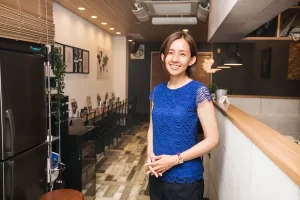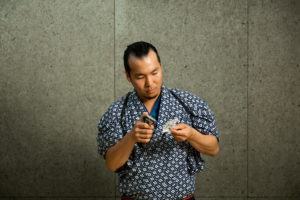What are the Key Elements of Successful Creative Leaders?
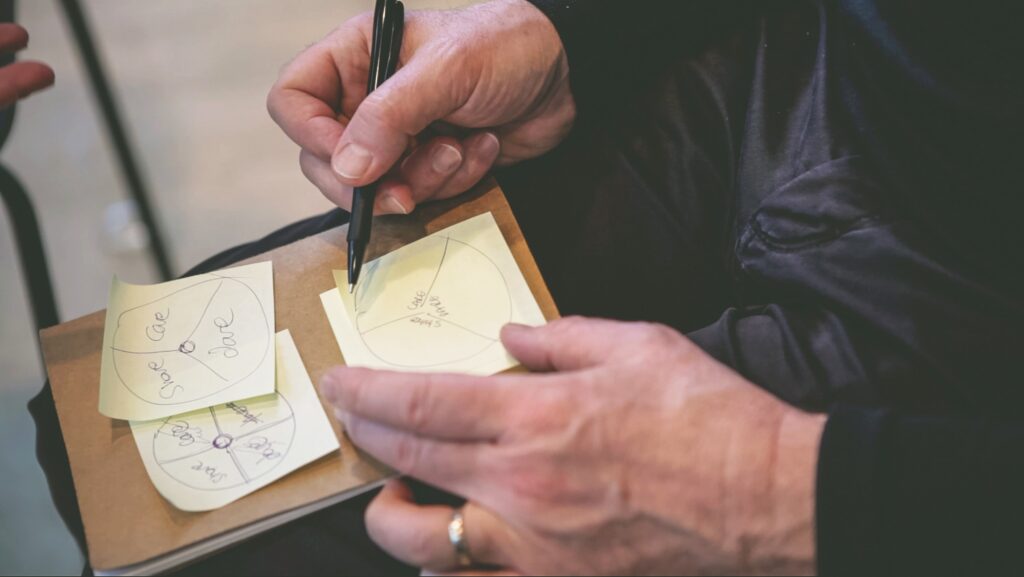
Random notes for next-generation leaders, from David Storkholm, director of the Creative Leadership program operated worldwide by Kaospilot.
The original article “Leading myself, the team and the outcome” is a part of the WORK MILL with Forbes JAPAN Issue 2 -The Danish way ©WORK MILL
Leading myself, the team, and the outcome
- What’s Creative Leadership?
- Trust and Communication
- Team Leader’s Role
- Me, Team, and Outcome
- Be yourself
- Making Common Genius: Relying on a single genius is boring
- Contradictions of Leaders: The sense of balance to create results
- Creative Aikido: Aikido for creators
- Leadership in the Future: how Leadership is changing
“A leader needs to be able to build up trust and communication. That makes a team grow together.”
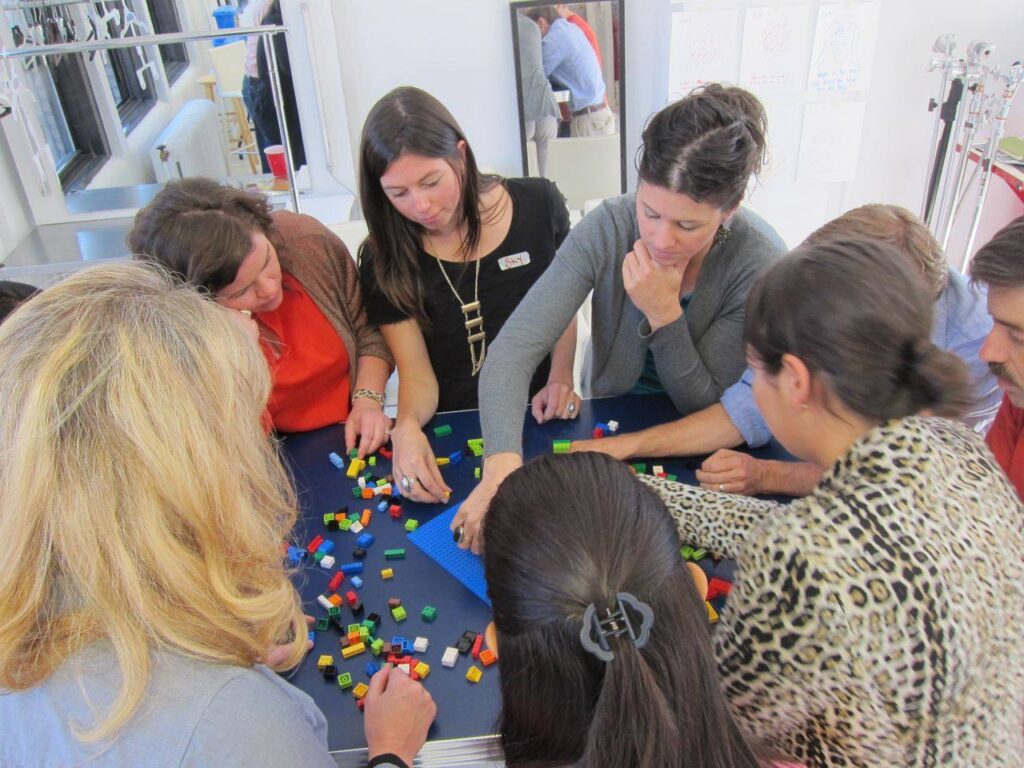
1.What’s Creative Leadership?
David Storkholm defines creative leadership as “leading creative collaboration where both people and ideas grow a leadership approach for spearheading co-creation. We believe that a team’s growth depends on one’s ability to create a ‘learning culture.’ This ability makes it possible to ‘experiment’ and explores in order to get far in the creative process.”
2. Trust and Communication
Leadership does not mean taking responsibility for everything that happens within the creative process. It is to build trust, to make members communicate with one another. And it is to create alignment around purpose and task to give meaning to why we are working together. This lets the team learn together, grow together, and create together.
3. Team Leader’s Role
At Kaospilot, people of all ages, nationalities, careers, and academic backgrounds come together. The role of the team leader was created at Kaospilot in order to bring these diverse people together to form teams. The team leader is not the teacher. The team leader is the person who “creates a place where learning happens and nourishes learning culture.” There are currently one or two team leaders in each class of 38 students at Kaospilot.
4. Me, Team, and Outcome
The Creative Leadership program started out at Kaospilot as an internal program for training team leaders. Now it has expanded to be taught not just in Denmark, but countries all around the world including Japan. It is made up of three modules “Me, Team, and Outcome” and normally each module lasts three days for a total of nine days (in Japan, a shortened version of two days each is often held).
5. Be yourself
Creative leadership starts with being “you.” It is a way of seeing and thinking about teams, tasks, and challenges. Knowing your core and leading from a place of balance, trust, and clarity is key when leading teams into creative exploration, where the answer is often “we don’t know yet.” The creative leader’s task is to motivate communication and foster both curiosity and courage in the team.
6. Making Common Genius :
Relying on a single genius is boring
A creative leader designs a space where members can learn from and stimulate each other while exerting their own creativity. “It’s easy to rely on a single genius,” says Storkholm. “We believe that there is great value in accessing the team’s combined yet unique creativity and using that as an engine in the creative process to get far and come up with new answers, ideas, or solutions.
7. Contradictions of Leaders
The sense of balance to create results
A creative leader brings his team together and focuses on the process while also producing top-quality results. This means a leader needs to be a realist who delivers by the deadline, but also an idealist who pursues a vision. The creative leader must focus on the “now” while still maintaining a long-term perspective. The creative leader offers inspiration, perspectives, and stimuli to encourage growth while maintaining team order. Being able to bring together these contradictory elements is what boosts the creative process.
8. Creative Aikido
Aikido for creators
“What often happens in the creative process is that opposing opinions and criticism kill energy. But what if this criticism and the opposing opinions could be turned into creative assets? If a leader can guide the others’ energy into constructive communication, just like in aikido, they will be able to use the members’ energy, fuse it, and develop more ideas from it. Taking the course on the three modules will give you a black belt.”
9. Leadership in the Future
How Leadership is changing
Storkholm believes that as the times change, so will the types of leadership required in the team. So what will be required of a leader in the future?
Storkholm says, “The issues we need to tackle are becoming increasingly complex. We won’t be able to solve these problems with just a single job role. We’ll need more people involved. Leaders in the future will be required to handle diversity and complexity more so than today.”
3 MODULES FOR LEADERS

MODULE 1:
The Creative Foundation
It starts with you
GOAL
The participant will explore the personal impact in a team and how to strengthen authenticity and clear communication. The participant will know how to build trust and commitment in a team and understand how to use diversity as a strength in the work process. The participant will gain experience and insights in how to be and how to act as a creative leader.
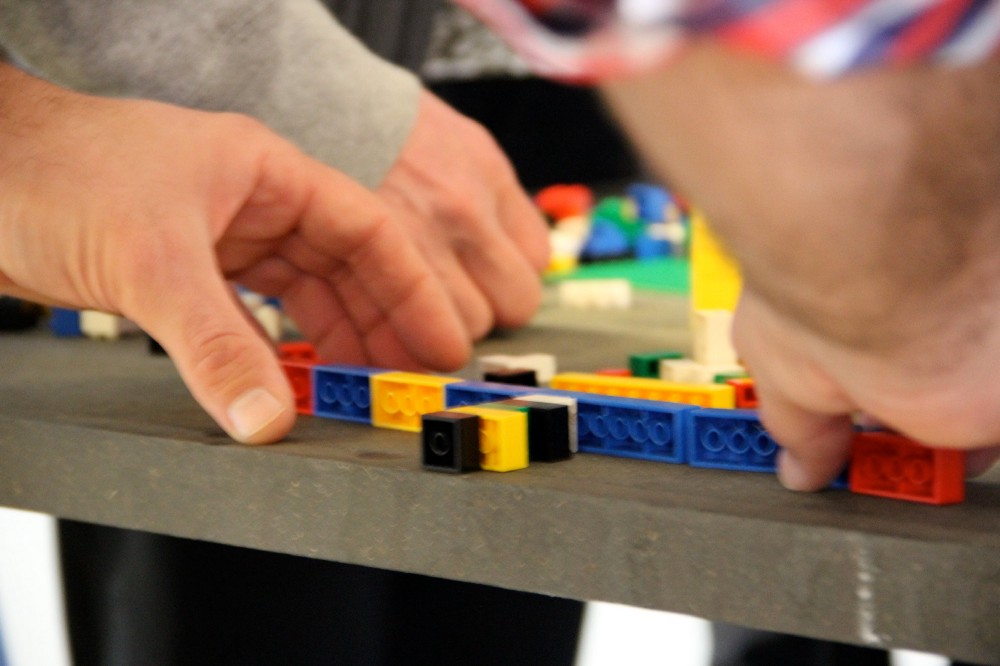
MODULE 2:
The Creative Team
From me to we
GOAL
The participant will know how to lead a self-organizing team by creating alignment, commitment, and direction.
The participant will be able to use aesthetics and narratives to create strong stages for creative collaboration. The participant will know how to use authenticity and personal engagement to inspire participation and ownership.
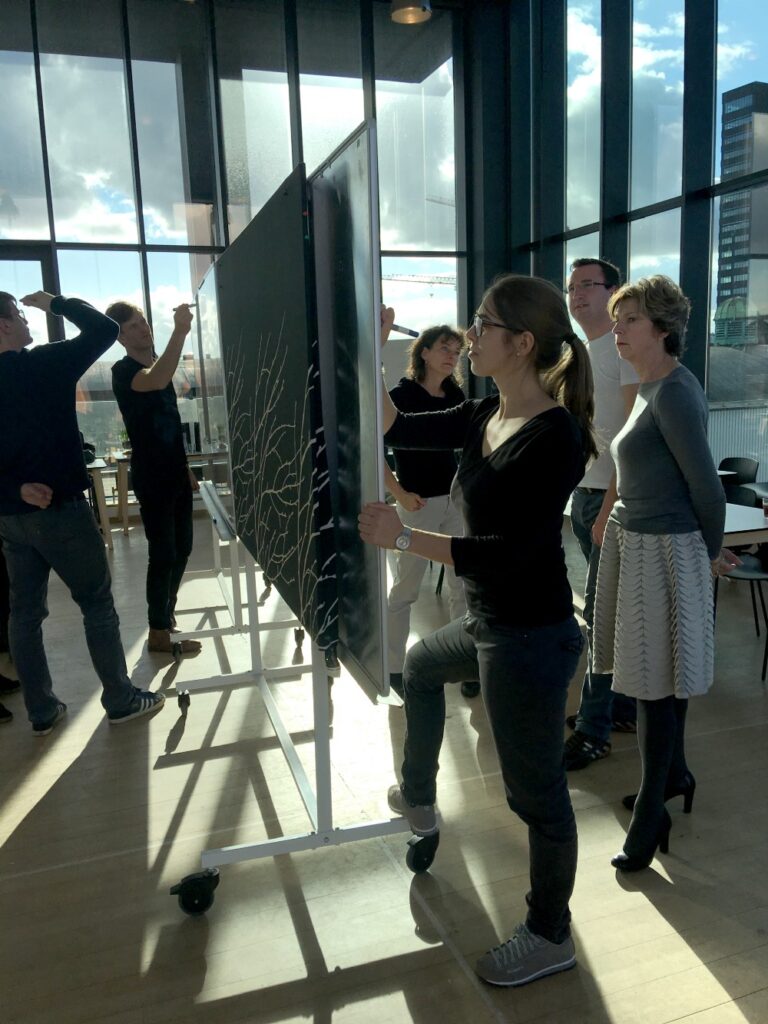
MODULE 3:
The Creative Outcome
From ordinary to extraordinary
GOAL
The participant will learn how to stay present at the moment and improvise while still keeping an overview of the process and securing results. The participant will develop the courage to challenge, inspire and disturb a team in order to go beyond the obvious results and allow for new outcomes to emerge. The participant will learn how to build momentum in a creative process and understand the important differences between facilitating and leading creative collaboration.
How the Program Changed My Views on Leadership
What Creative Leadership participants have to say
Shunsuke Ishikawa
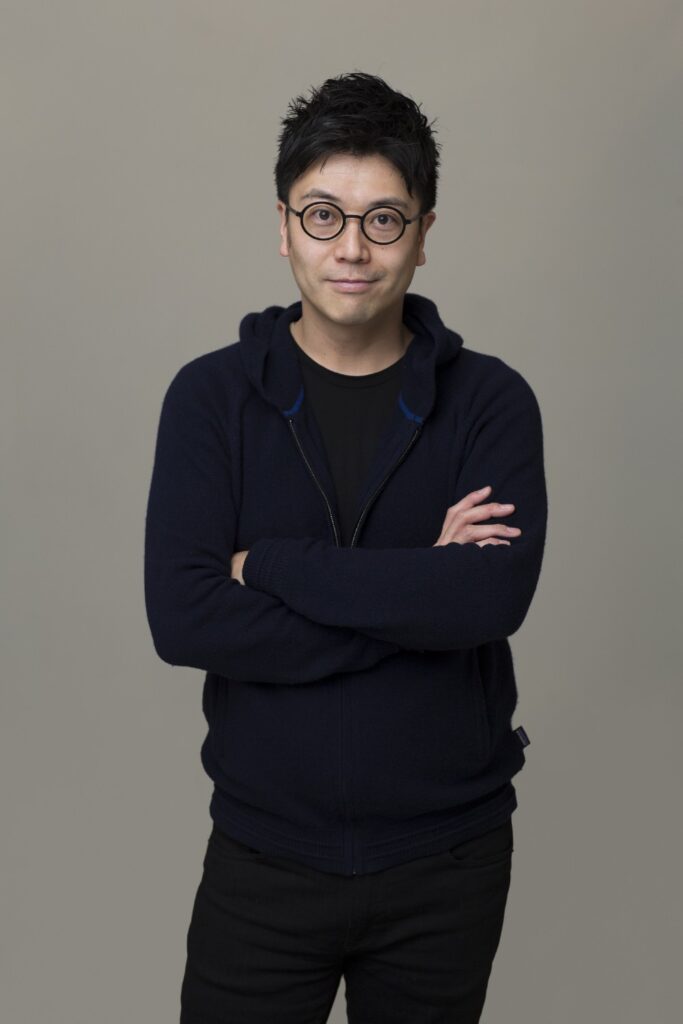
“With the right environment anyone can shine”
After working at Panasonic Design and PDD Innovations, he helped found IDEO Tokyo. Presently, he is working on multiple innovation creation projects as Head of Design at BCG Digital Ventures. He is co-founder of AnyProjects.
I really agree with the way Kaospilot sees leadership. They understand that the role of a leader is to create an environment where everyone can contribute their talents similar to the way you fertilize and irrigate fields to grow delicious vegetables. I feel that their ideas on creating “places” where
people can co-exist based on this altruistic perspective are better suited to Japan than America’s competitive style. What really stuck with me is how people like David and Christer, who are in charge of this program, have actually created a place like that for us participants. Normally, when a facilitator asks the participants a question, if nobody answers for about ten seconds, they get impatient and start talking again. But David and Christer would wait a whole minute. They wait patiently for people to muster the courage to ask. I was very impressed with that, as it taught me that waiting is effective in drawing out other people’s potential. If we all work together, we can wield more strength than when we work alone. I think I am more confident now that my team will be able to do more than they expected as long as I can give them a good environment.
Chiharu Imaizumi
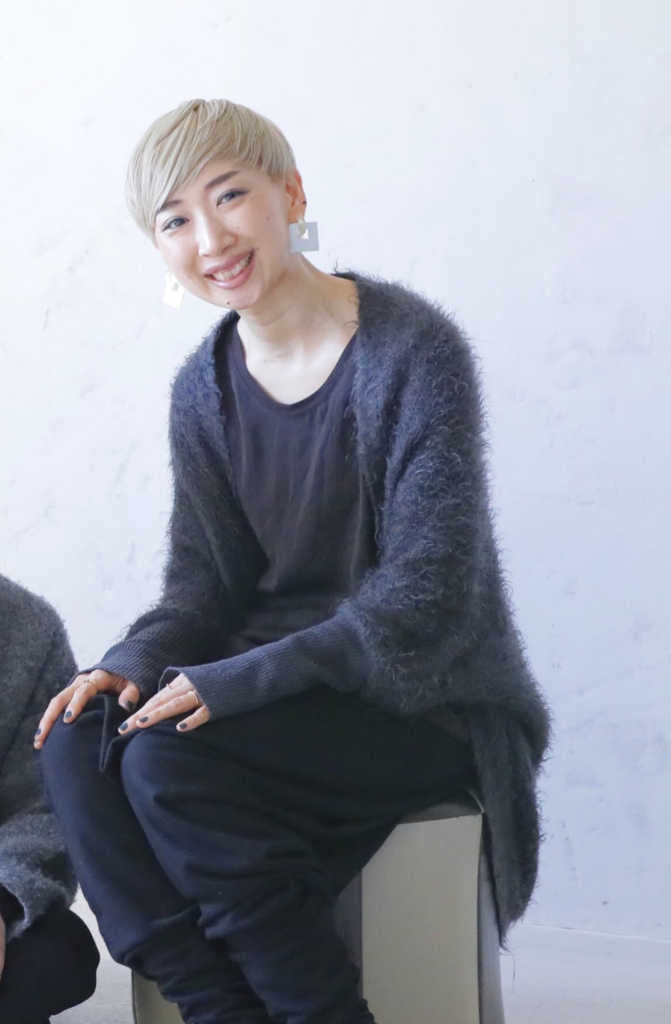
“Carefully caring for goals and passion”
HR Manager, Shiseido. After working in personnel development at P&G, she is now engaged in leadership development at Shiseido’s Global Headquarters. She is currently working on a project to produce picture books with volunteer colleagues she met during the Creative Leadership program she took in spring 2017.
When I went from working at a non-Japanese firm to working at Shiseido, I found it difficult to get used to the cultural differences between Japanese and non-Japanese companies. Even if they admit that your opinion is correct, they don’t put it into action. So I took the Creative Leadership course to learn how to get people to act, as I still had things I wanted to accomplish in the company. What I felt most after taking this course was that determining goals and structures by myself and trying to push the team forward would never create anything bigger than myself. By letting that go and focusing on the relationships between the members and the team’s pace, you can create something richer, better than your own limits, or the pre-established harmony. This gave me an almost shocking sense of surprise and joy. Before then, I used to think that leadership was all about being correct, but you can’t motivate people by just being logically right. What I learned at this workshop is how creative people can be if you can just link their personal passions to the common goal. I now feel that the role of a leader is to care for their team’s passions and to carefully blend together the organization’s goals and individuals’ feelings.





